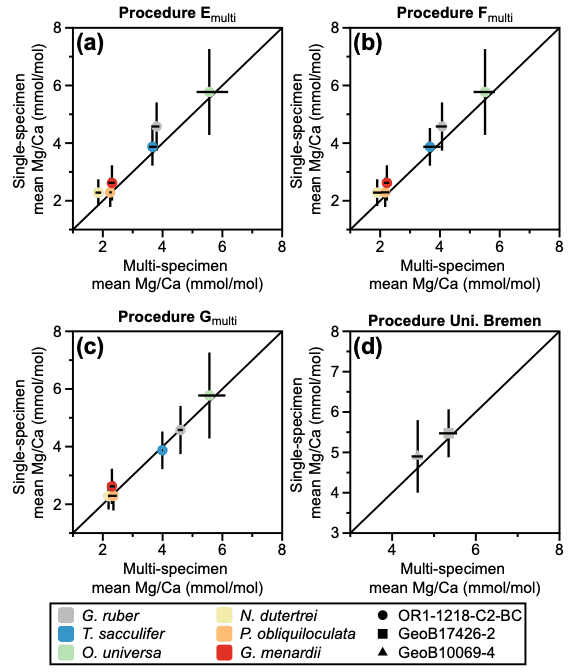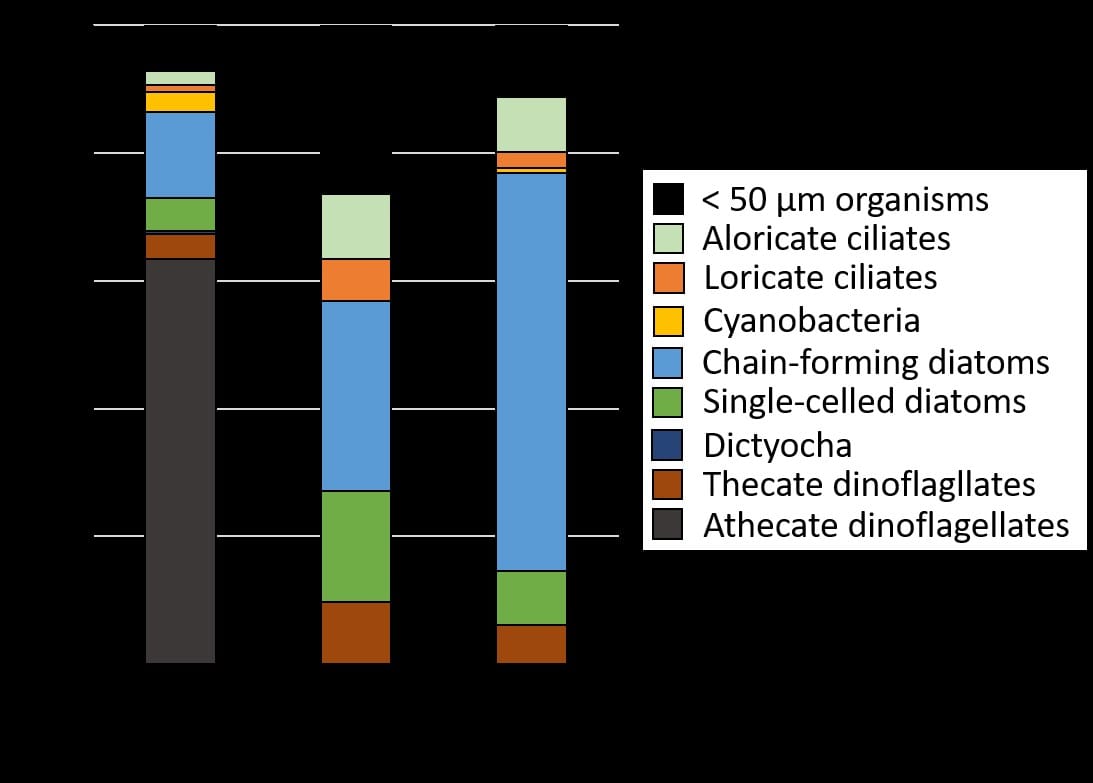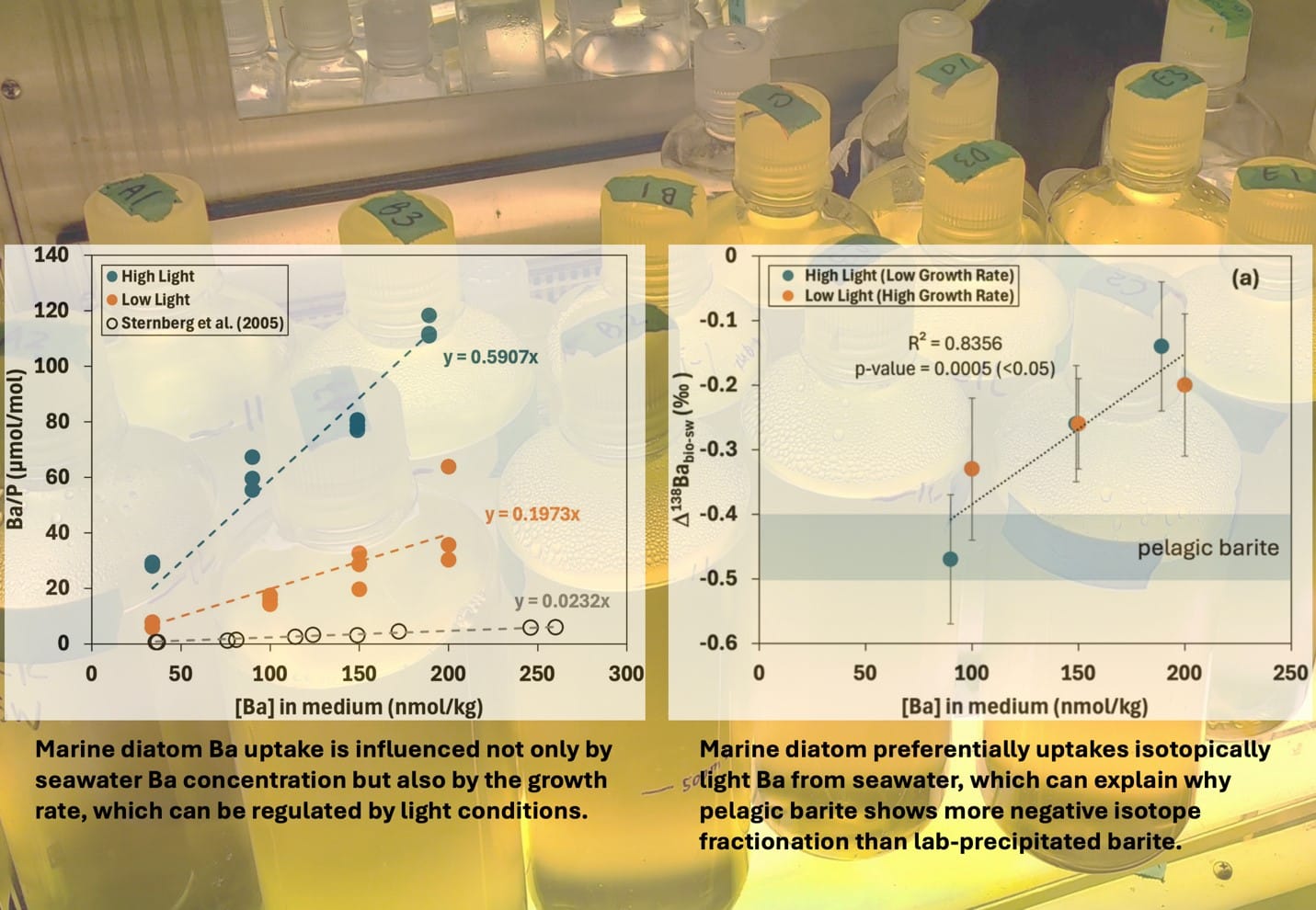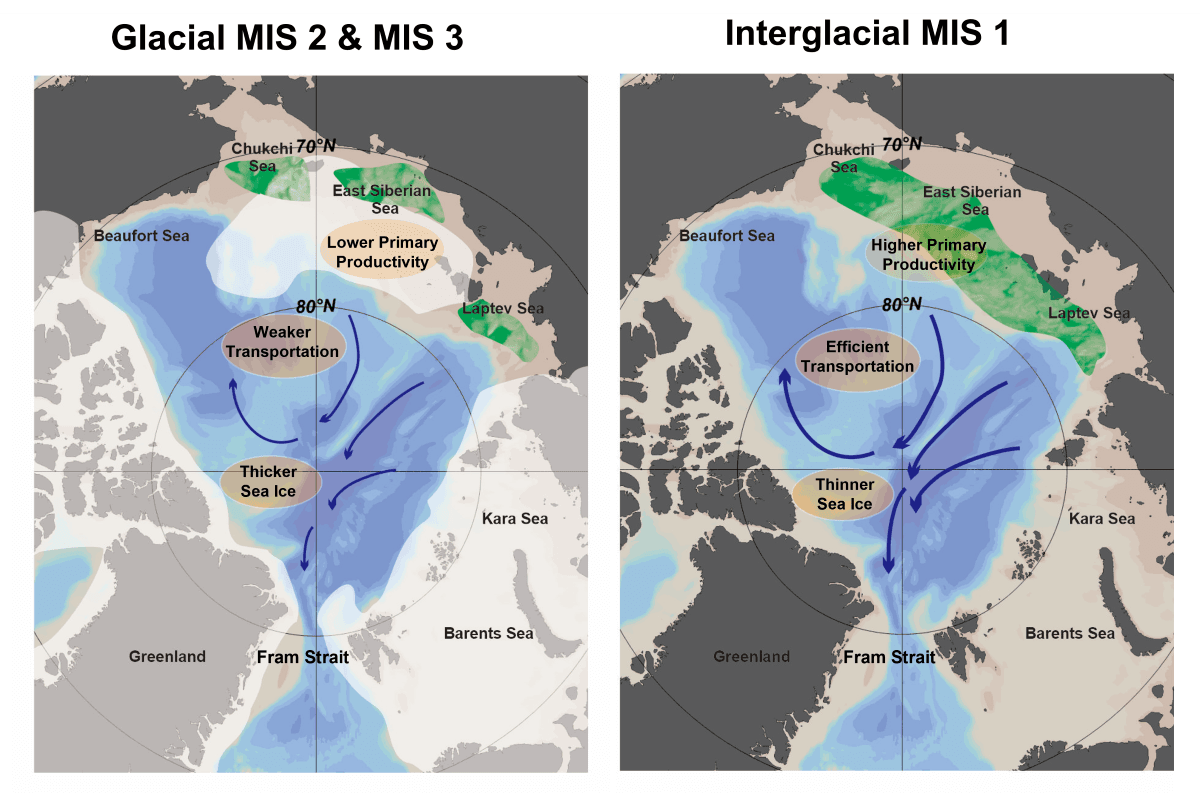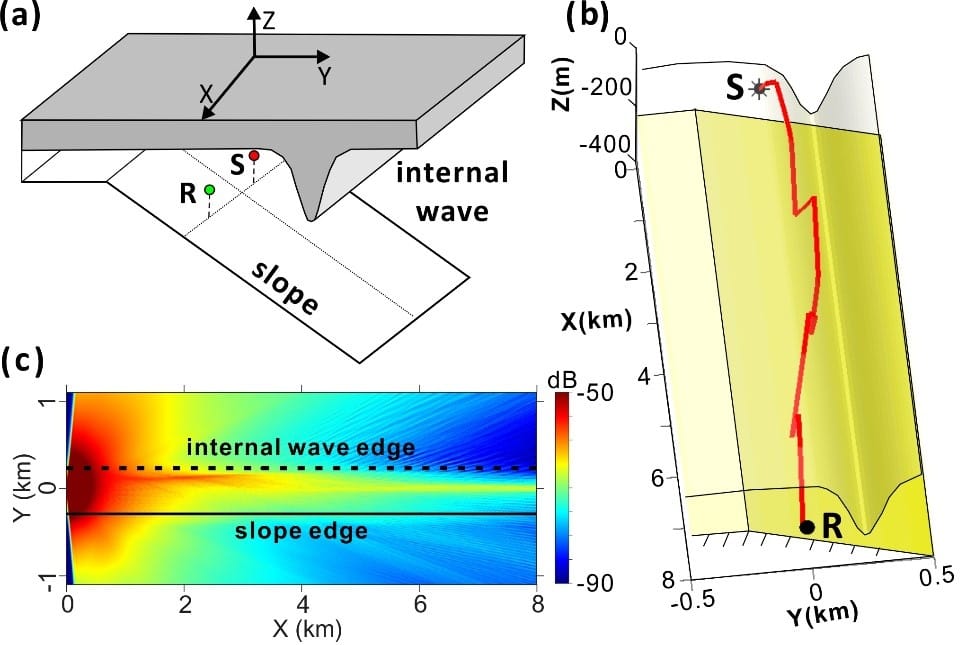“Damned” Yangtze River Dam may affect the spawning migration of anchovy in the East China Sea
Chen-Yi Tu and Chih-hao Hsieh
Institute of Oceanography, National Taiwan University
Using a coupled fish behavior–hydrodynamic model, a group of scientists of National Taiwan University suggest that the dammed Yangtze River could have negative impacts on the spawning migration of anchovy in the East China Sea. This work is led by the graduate student, Chen-Yi Tu, and associate professor Chih-hao Hsieh (in the Institute of Oceanography, National Taiwan University).
Their study, published in the July issue of the journal Fisheries Oceanography, is based on coupled biological-physical modeling of Japanese anchovies (Engraulis japonicus) in the East China Sea. Typically, one population of adult Japanese anchovies migrate from the East China Sea to the coastal region of Taiwan to spawn around late winter and early spring, and later, their larvae constitute important fisheries in Taiwan. This anchovy larval fishery represents an important economic income of fishermen in Taiwan, and thus, investigation of the mechanisms underlying their spawning migration helps develop sound fisheries management. To examine their spawning migration, we used a coupled fish behavior-hydrodynamic modeling approach. The physical field is simulated by the Pacific Ocean adaptation of TaIwan Multi-scale Community Ocean Model (TIMCOM) developed by Yu-Heng Tseng (associate professor in the Department of Atmospheric Sciences, National Taiwan University). The fish migration is simulated by Lagrangian tracer tracking with the aid of approximation of fish swimming behavior. The comparison with and without Yangtze River discharge is used to investigate the impacts of discharge reduction due to the Three Gorge Dam. Our results suggest that spawning migration of Japanese anchovy from the East China Sea to Taiwan may be aided by the China Coastal Current and the adult anchovy is unlikely to reach the coastal area of Taiwan without Yangtze River discharge. This is because the reduced river runoff inevitably reduces the strength of China Coastal Current, on which the anchovy depend to perform their spawning migration toward Taiwan. Our findings suggest that the discharge reduction due to the Three Gorge Dam might have a significant negative impact on the fisheries of Japanese anchovy around Taiwan, which could have negative economic outcome in a long run.
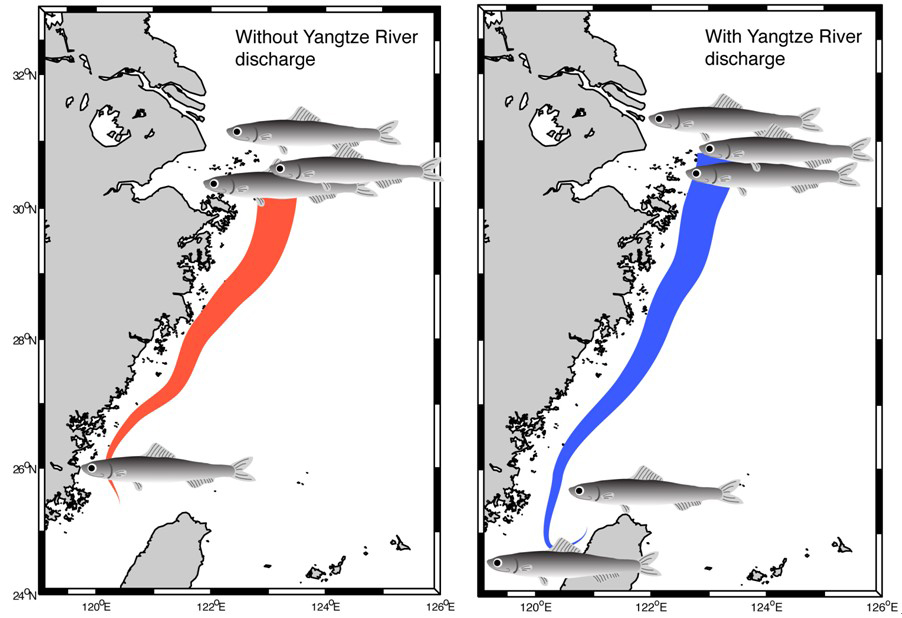
- Figure 1. Schematic diagram shows the influence of Yangtze River discharge on spawning migration of Japanese Anchovy. The probability of anchovy arrival at Taiwan is significantly lower under the modeling experiment without Yangtze River discharge.
References:
Tu, C. Y., Tseng, Y. H., Chiu, T. S., Shen, M. L. & Hsieh, C. H. (2012) Using coupled fish behavior–hydrodynamic model to investigate spawning migration of Japanese anchovy, Engraulis japonicus, from the East China Sea to Taiwan. Fisheries Oceanography 21, 255-268.
Milliman, J. D. (1997) Blessed dams or damned dams? Nature, 386: 325-327

